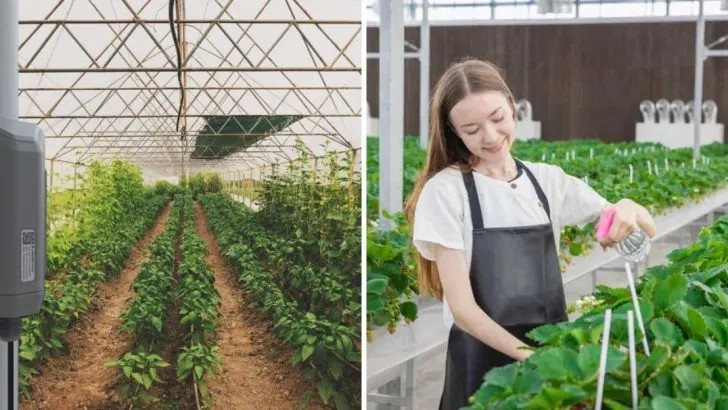Greenhouses can be a gardener’s secret weapon, allowing you to grow a variety of plants year-round. However, to truly maximize their potential, it’s essential to go beyond the basics.
Experts often have a few insider tips and tricks that make a big difference in greenhouse success – tips that are rarely shared with the public. From managing humidity levels to selecting the right ventilation system, here are 9 greenhouse care tips that experts swear by, but might not always tell you.
By following these steps, you’ll ensure your greenhouse stays healthy and productive throughout the seasons.
Strategic Ventilation
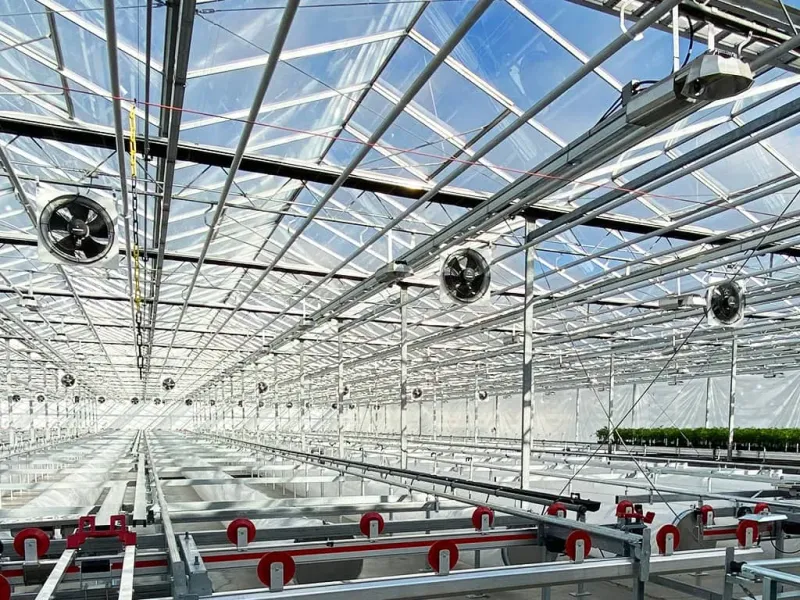
Proper air circulation is essential for plant health, yet often overlooked. Ventilation ensures fresh air, regulates humidity, and keeps diseases at bay. Automated systems can offer precise control, adjusting to weather changes. Consider installing roof vents or side vents that open and close automatically. This setup reduces manual work and creates a consistent environment. Plants thrive when airflow is balanced, preventing mold and mildew. Strategic placement of fans helps circulate air, reaching even the most hidden corners. This attention to airflow can dramatically improve growth and yield, making your greenhouse a true paradise.
Soil Health Monitoring

Soil is the foundation of healthy plant growth. Regular monitoring can unveil hidden nutrient deficiencies or pH imbalances. Invest in quality soil sensors to keep track of moisture levels and nutrient content. This information guides feeding schedules and adjustments. Amending soil with organic matter, like compost, can replenish lost nutrients. Remember, healthy soil supports robust roots, which lead to vigorous plants. Not only does monitoring prevent over-fertilization and waterlogging, it also encourages sustainable practices. Embrace technology to interact with your greenhouse soil, creating a harmonious growing environment that nurtures every plant.
Integrated Pest Management
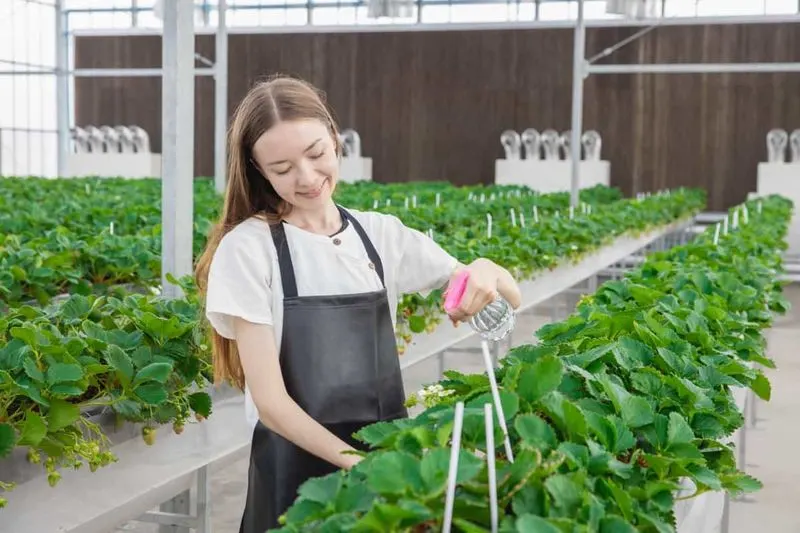
Combatting pests without chemicals is a top-secret strategy. Integrated Pest Management (IPM) blends biological, cultural, and mechanical practices to control pests. Introducing beneficial insects like ladybugs keeps harmful populations in check. Regular inspections and clean practices prevent infestations. Traps and barriers offer physical control without harming the ecosystem. Rotate crops and use resistant plant varieties to minimize risks. This balanced approach promotes biodiversity and reduces dependency on pesticides. IPM is a holistic way to protect plants, ensuring a healthy environment. These tactics not only safeguard plant health but also maintain ecological balance.
Water Management Techniques
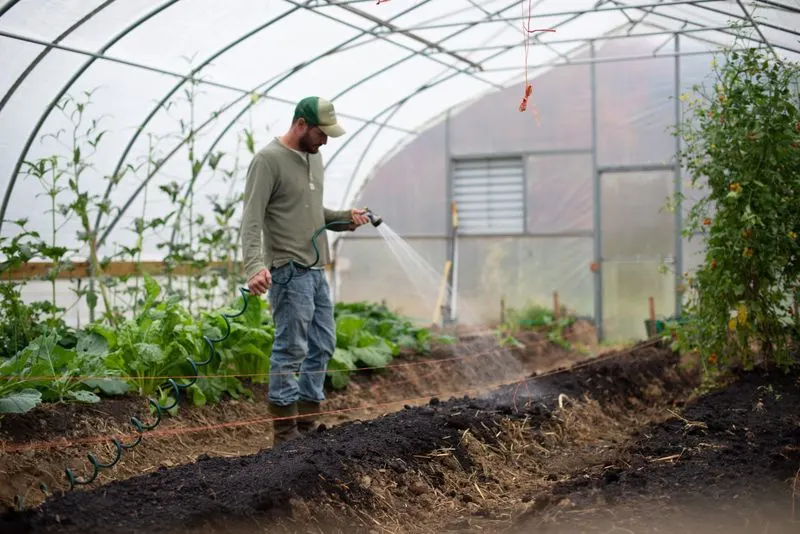
Efficient water use is crucial in a greenhouse. Overwatering leads to root rot, while underwatering stresses plants. Implementing drip irrigation allows precise water delivery directly to the roots. This method conserves water and reduces fungal diseases. Install timers to automate watering schedules, adapting to seasonal needs. Regularly check and maintain your irrigation system to ensure efficiency. Collect rainwater as a sustainable water source. Balancing water use supports healthy growth and avoids nutrient leaching. Appropriately managing water resources transforms your greenhouse into a sustainable ecosystem that thrives year-round.
Seasonal Planting Schedules
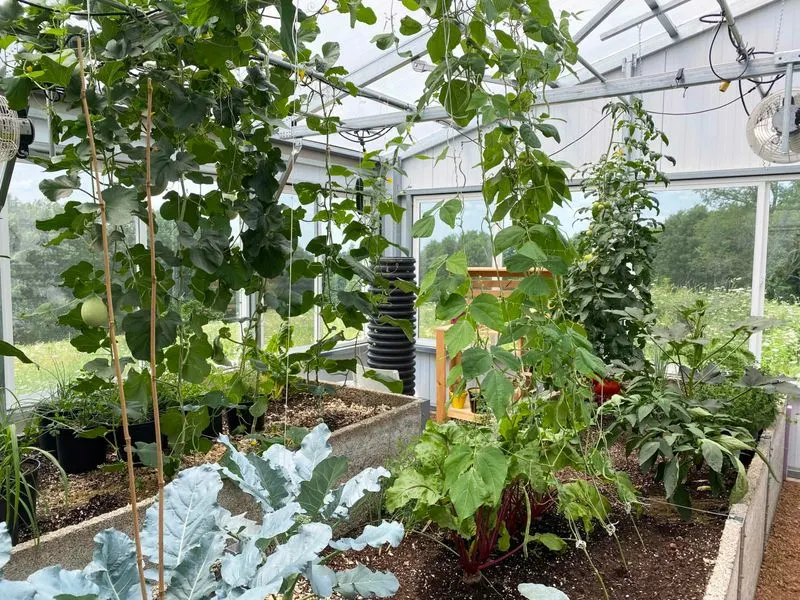
Understanding seasonal changes can boost greenhouse productivity. Plan your planting schedule according to each plant’s growth requirements. Rotate crops to maintain soil fertility and reduce pest buildup. Consider companion planting to enhance growth and repel pests naturally. Use a calendar to track planting and harvesting times, adjusting for climate variations. Layering plantings extends the growing season, allowing continuous harvests. This approach maximizes space and resources, ensuring thriving plants year-round. Adapting your schedule to mirror nature’s cycles enhances resilience and productivity, helping your greenhouse flourish regardless of external conditions.
Light Optimization
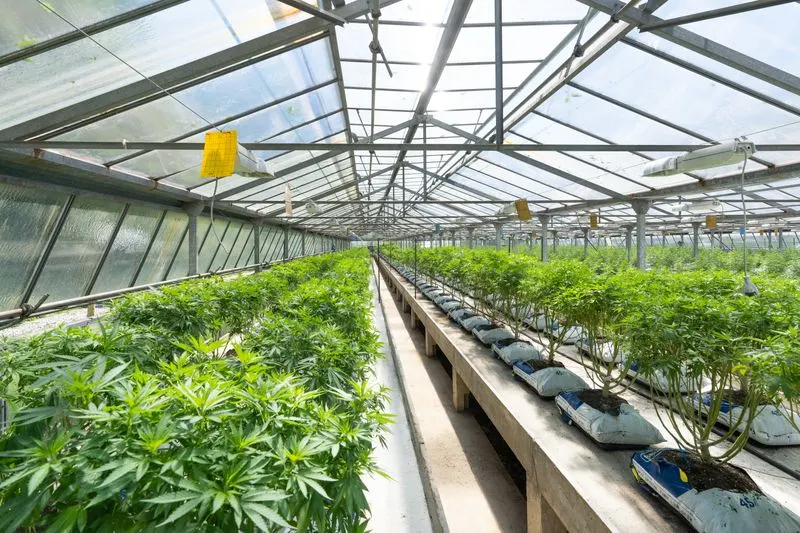
Light is vital for photosynthesis, thus optimizing it can lead to impressive growth. LED grow lights offer energy-efficient solutions, mimicking natural sunlight. Analyze your greenhouse’s layout to position lights strategically. Adjust the intensity and spectrum to match your plants’ needs. Reflective surfaces can boost light distribution, ensuring even coverage. Natural sunlight should also be harnessed, so keep structures clean and transparent. Consider light timers for automated cycles, supporting plant circadian rhythms. This comprehensive approach to lighting enhances plant health and growth rates, making your greenhouse a beacon of vitality.
Temperature Control
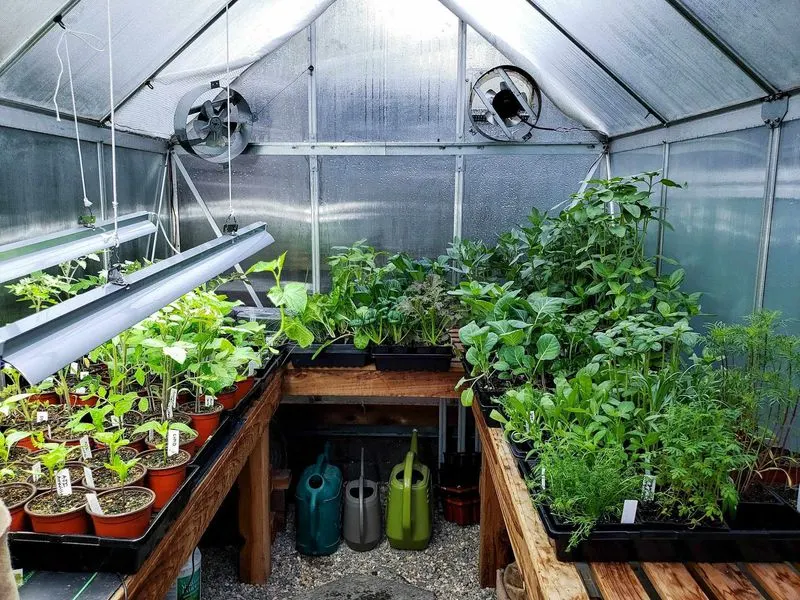
Consistent temperature is key to plant success, yet tricky to maintain. Digital thermostats allow you to monitor and adjust heat levels precisely. Shade cloths can reduce excessive summer heat, while heaters provide warmth during cold spells. Insulating materials help retain desired temperatures, minimizing energy use. Understand each plant’s temperature preferences to create tailored microclimates. This attention to detail ensures your greenhouse supports diverse plant species. Fine-tuning temperature settings can prevent stress and increase resilience. A well-controlled climate fosters vigorous growth, transforming your greenhouse into a nurturing haven.
Nutrient Balancing
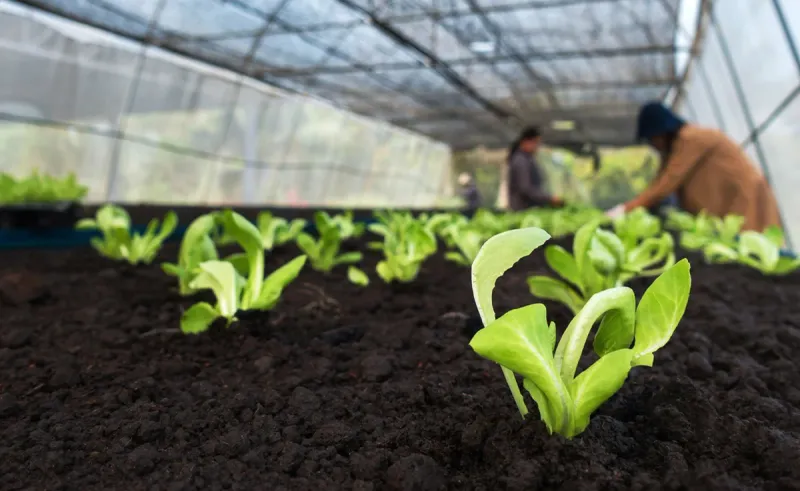
Plants need a balanced diet to thrive, and nutrient balancing is often kept under wraps. Regular testing identifies nutrient deficiencies and excesses. Organic fertilizers, like composted manure, provide slow-release nutrients. Tailor your feeding regimen to each plant’s growth stage and specific needs. Foliar feeds can offer quick nutrient boosts when needed. Avoid over-fertilization, which can harm plant health and soil life. This considered approach ensures nutrients are available when and where they’re needed. Balanced nutrition fuels robust growth and flowering, making your greenhouse a hub of productivity and beauty.
Humidity Regulation
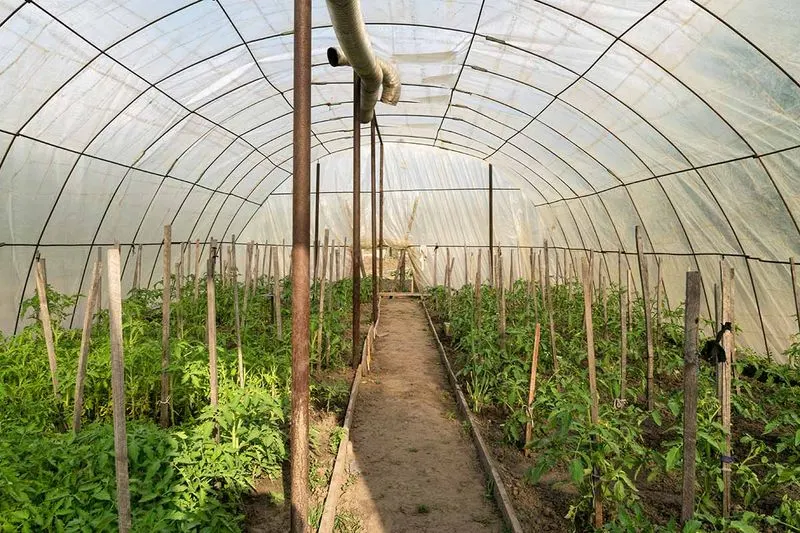
Humidity plays a crucial role in plant health, influencing transpiration and disease susceptibility. Install a humidity gauge to monitor levels accurately. Misting systems can increase humidity for tropical plants, while dehumidifiers reduce excess moisture. Understand the ideal humidity range for your plant varieties, and adjust accordingly. Use mulch to retain soil moisture, aiding in maintaining stable humidity levels. This careful regulation prevents fungal diseases and encourages vigorous growth. By keeping humidity in check, your greenhouse becomes a sanctuary where plants can thrive in their preferred conditions.

